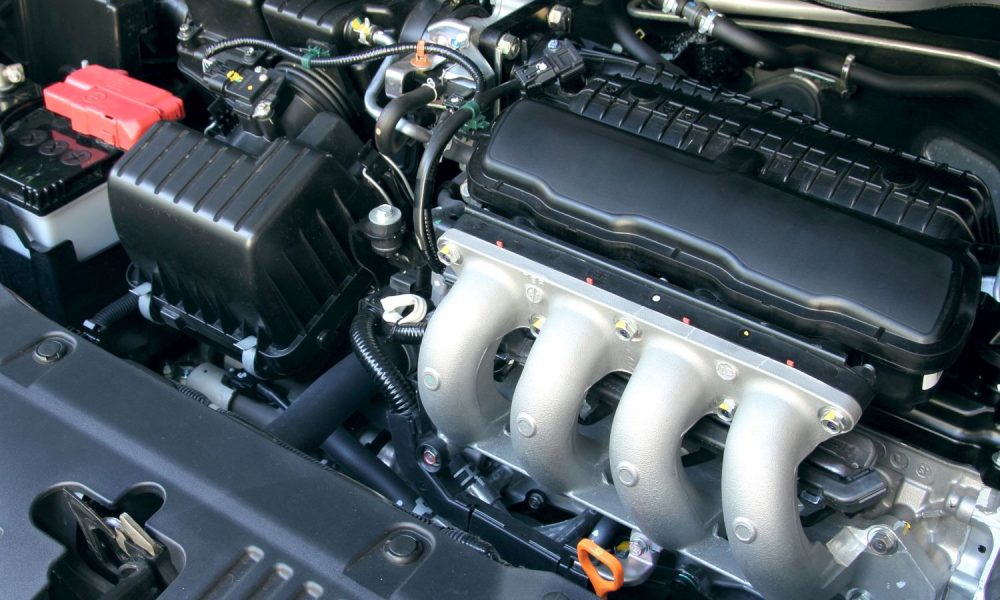
Motors become generators. (Photo: Freepik, Aopsan)
University Park – cars, ships, trucks, trains and aircraft produce thanks to thermoelectric generators of researchers of the Pennsylvania State University (Penn State) in the future. Because they use the heat of the combustion engines. The devices are mounted so that they enclose the exhaust system. They consist of a metal combination that has thermoelectric properties.
If one side is heated and the other remains cool, an electrical voltage is created, which is derived as a current, for example to charge the on -board battery. Since it is no longer dependent on the alternator alone, this can be smaller and therefore cheaper.
Hybrid longer electrical
This solution could be particularly attractive for hybrid vehicles that have an electrical and combustion engine. If the batteries are empty and the diesel or petrol engine starts, the batteries are recharged. This is faster than when the charging current comes from the board generator solely. The result: Such vehicles drive electrically over other routes, so the environment protect more effectively.
Wenjie Li and Bed Poudel see their technology as revolutionary. Previously developed generators of this kind were heavy and bulky. The two scientists have succeeded in reducing the system so much that it can be used for mobile use. At the same time, they have managed to triple the efficiency, which is just 5 to 6 percent of today’s generators, to around 15 percent.
No soldering and welding
“Due to the global greenhouse gas emissions and the associated environmental problems, we want to switch to more environmentally friendly technologies. Our work that makes thermoelectric devices more efficient can help to achieve this goal, ”says Poudel. While the two materials had to be made separately in previous generators and had to be connected by soldering or welding, the two have produced the power -generating material in one work step, i.e. without soldering point or welding, which massively reduces the efficiency.
This feature has succeeded in not combining 2 different materials with each other, but 2 bismuth-turning layers with different proportions of the two elements, which they made in one work step. The researchers present their innovation in the journal “Applied Materials & Interfaces” American Chemical Society publishes.
Source: www.pressetext.com
(PTE004/13.02.2025/06: 05)
